How to Cook a Duck Breast
5.0
(45)
Your folders
Your folders
Prep Time: 20 minutes
Cook Time: 15 minutes
Total: 35 minutes
Servings: 4
Author : Hank Shaw
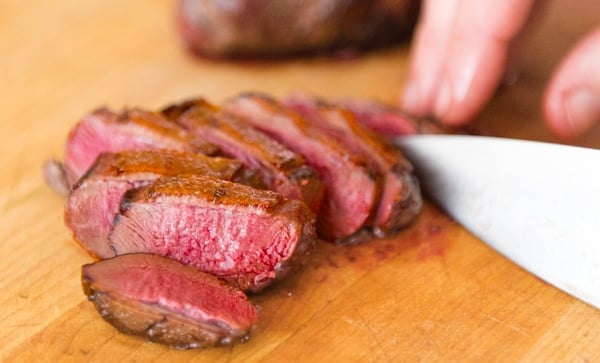
Ingredients
Export 3 ingredients for grocery delivery
Instructions
Step 1
STEP ONE: Take the meat from the fridge. If you are using a domestic duck or a very fat wild duck, score the skin (but not the meat) in a cross-hatch pattern, making the cross-hatches about 1/2 inch across; this helps the fat render and will give you a crispier skin. Salt it well on both sides, then let it stand on a cutting board or some such for at least 15 minutes and up to 45 minutes for a goose breast. It is far easier to control the internal temperature with a room-temperature breast than an ice-cold one.
Step 2
STEP TWO: Pat the duck breasts dry with paper towels. If you are cooking a domestic duck or a very fat wild duck, put 1 teaspoon of duck fat or cooking oil in a large pan; don't use non-stick pans, as they don't allow you to sear meat as well as steel or cast iron. Lay the breasts skin side down and use them to smear the fat all over the surface of the pan. Turn the heat to medium-high. Yes, you read that right: Don't preheat the pan. You want as much fat to render out as possible, so start with a cool pan. If you are working with normal wild duck breasts, i.e., skinny ones, heat the pan over high heat for 1 minute, then add 2 tablespoons of duck fat, butter or some other oil. Let this get hot, but do not let the fat smoke. Only then do you lay the duck breasts in the pan, skin side down. Either way, once the duck breasts start cooking, you will notice the "tails" of skin and fat from the head and the tail side of the fillet contract immediately. As the skin contracts, you will sometimes get a little oval patch on the tail end of the breast that curls up and doesn't make contact with the pan. Use your tongs to press down on this part for 30 to 60 seconds. This gives you a more even sear.
Step 3
STEP THREE: Let the pan do its job. Cook at a jocular sizzle -- not an inferno, not a gurgle. Think about how bacon sounds in the pan when you cook it, and you have the right idea. How long? It depends. I like my duck medium-to-medium-rare. To do this with small ducks like teal or ruddy ducks, you need only about 3 minutes on the skin side, and you might want to keep the heat higher. Medium-sized ducks like wigeon, gadwall or wood ducks need 3 to 5 minutes. Mallards, pintail, canvasbacks and domestic ducks need between 5 and 8 minutes. If you are cooking a goose breast, you will want the heat on medium-low and you'll need to cook the skin side a solid 10 to 12 minutes. The key is to let the breast do most of its cooking on this side -- it's the flattest, and will give you that fabulously crispy skin we all know and love. Again, I repeat: When you cook a duck breast, 3/4 of the total cooking time is on the skin side.
Step 4
STEP FOUR: Turn the breasts over. When? Follow the guidelines above, but also use your ears: You will hear the sizzle change; it will die down, just a bit. That's when you turn. Now -- this is important -- lightly salt the now-exposed skin immediately. Doing this seems to absorb any extra oil and definitely gives you an even yummier, crispier skin. Let the ducks cook on the meat side for less time. I recommend: 1 to 2 minutes for small ducks; 3 to 4 minutes for medium ducks; 4 to 6 minutes for large wild ducks and domestic duck; 5 to 7 minutes for geese. More than mere time, however, you need to just use The Force to know when your duck is ready. Not in tune with The Force? The next best thing is the finger test for doneness. Use this to determine when you're almost ready. My advice is to go to the next step when your duck breasts are rare.
Step 5
STEP FIVE: Now "Kiss" the thick side of the breasts by standing two halves against each other. You will notice that duck and goose breasts plump up and contract as they cook. One side of the fillet will be wider than the other, and this side will need some heat. You can see the wider side in the picture. Just tip the breasts on their sides and cook for 30 to 90 seconds, just to get some good color.
Step 6
STEP SIX: Take the duck off the heat and let it rest on a cutting board, skin side up. Teal need only need a minute or two rest, while big Canada geese might need 10 minutes. Everything else benefits from about a 5 minute rest. A duck breast is just like a steak: If you don't rest it, the juices will run all over your cutting board -- and not down your chin, where they should be. You can slice the breast from either end, either side up. You can get thinner slices by starting at the meat end, but you lose a little of the crispiness of the skin. If you are serving a whole breast, always serve it skin side up, with its sauce underneath.
Top similar recipes
Curated for youYour folders

 208 views
208 viewsHow to perfectly cook crispy duck b...
jesspryles.com
4.3
(3)
20 minutes
Your folders

 77 views
77 viewsHow to cook crispy skin duck breast
recipetineats.com
5.0
(2)
20 minutes
Your folders
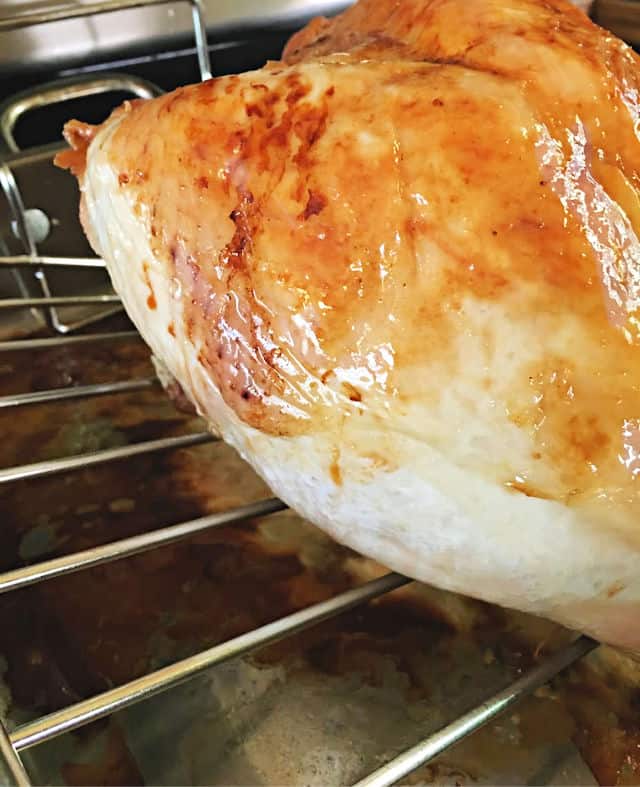
 537 views
537 viewsHow To Cook A Turkey Breast
loavesanddishes.net
5.0
(3)
150 minutes
Your folders

 374 views
374 viewsHow to Cook a Turkey Breast
theviewfromgreatisland.com
5.0
(5)
150 minutes
Your folders
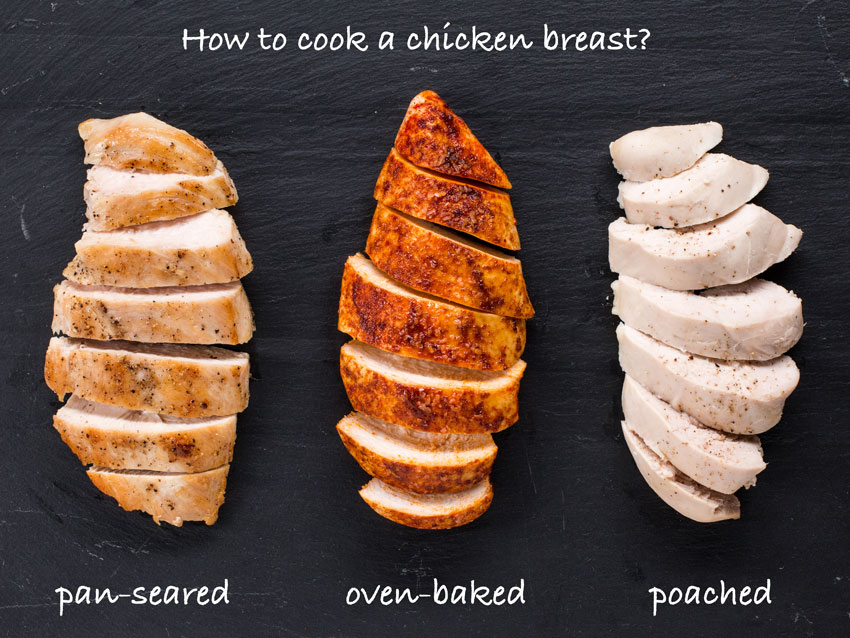
 729 views
729 viewsHow To Cook a Chicken Breast
flavcity.com
3.5
(38)
15 minutes
Your folders
 63 views
63 viewsHow To Cook a Turkey Breast
thekitchn.com
Your folders
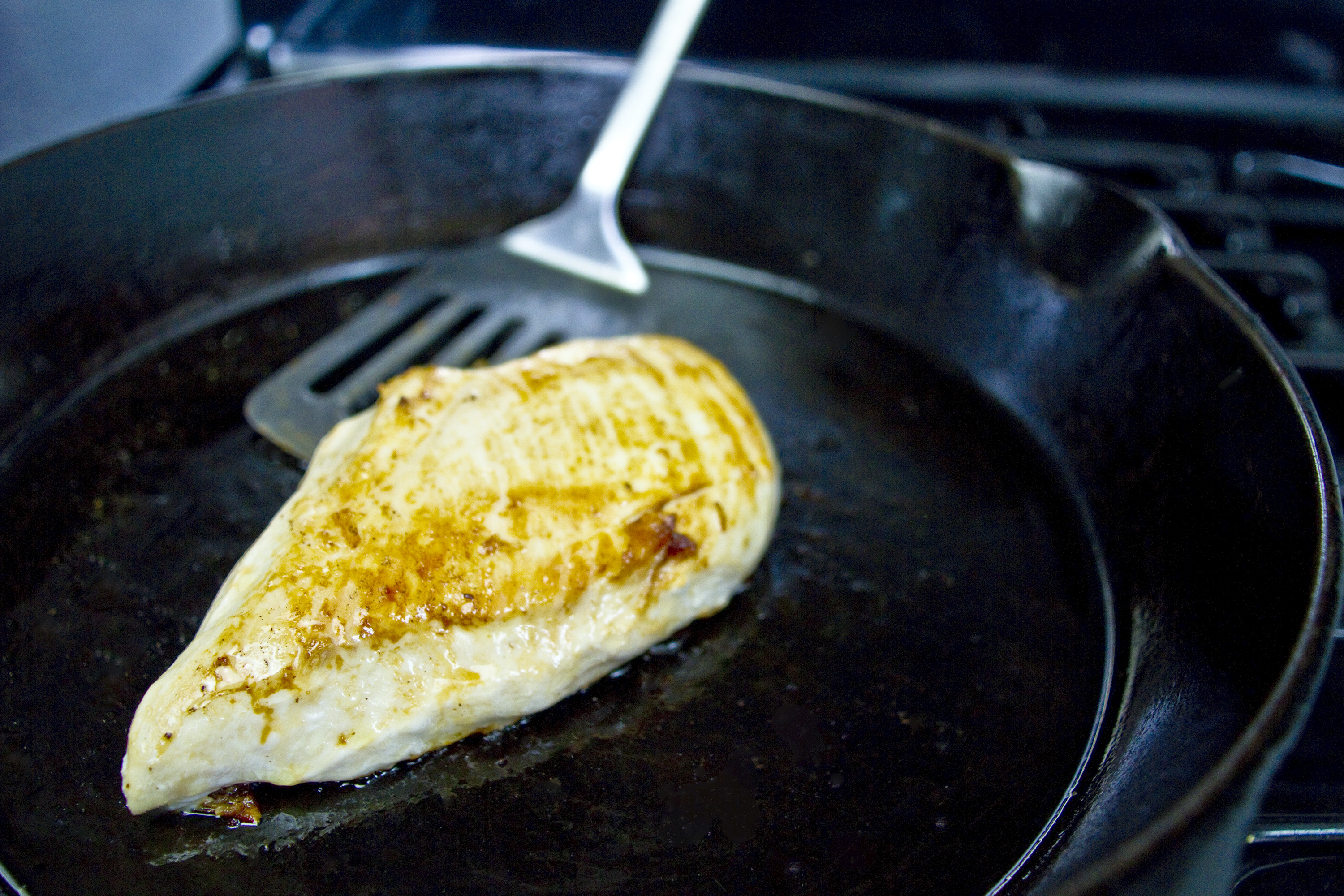
 464 views
464 viewsHow To Cook A Juicy Chicken Breast
foodrepublic.com
Your folders
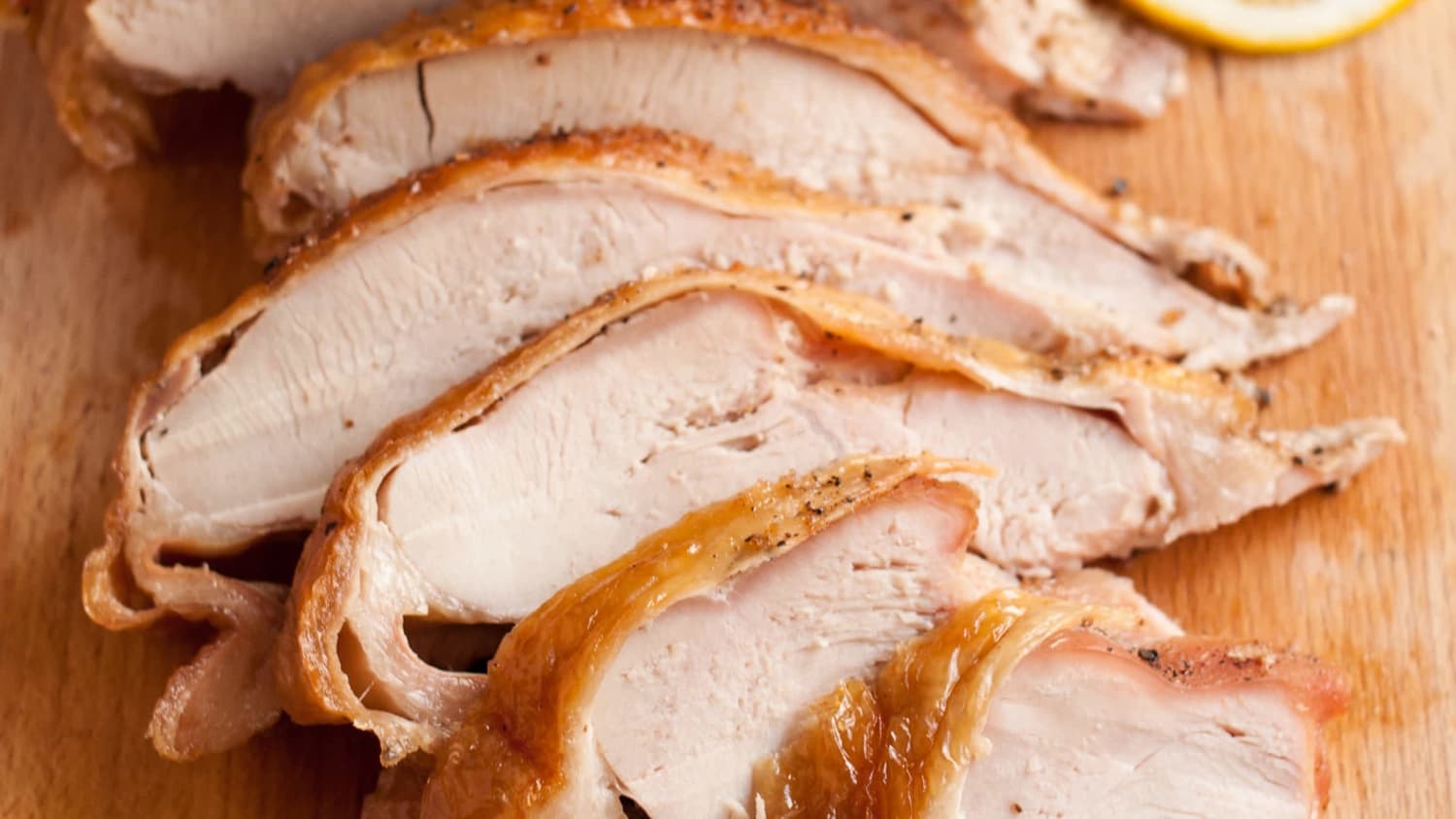
 528 views
528 viewsHow To Cook Turkey Breast
thekitchn.com
3.6
(9)
Your folders
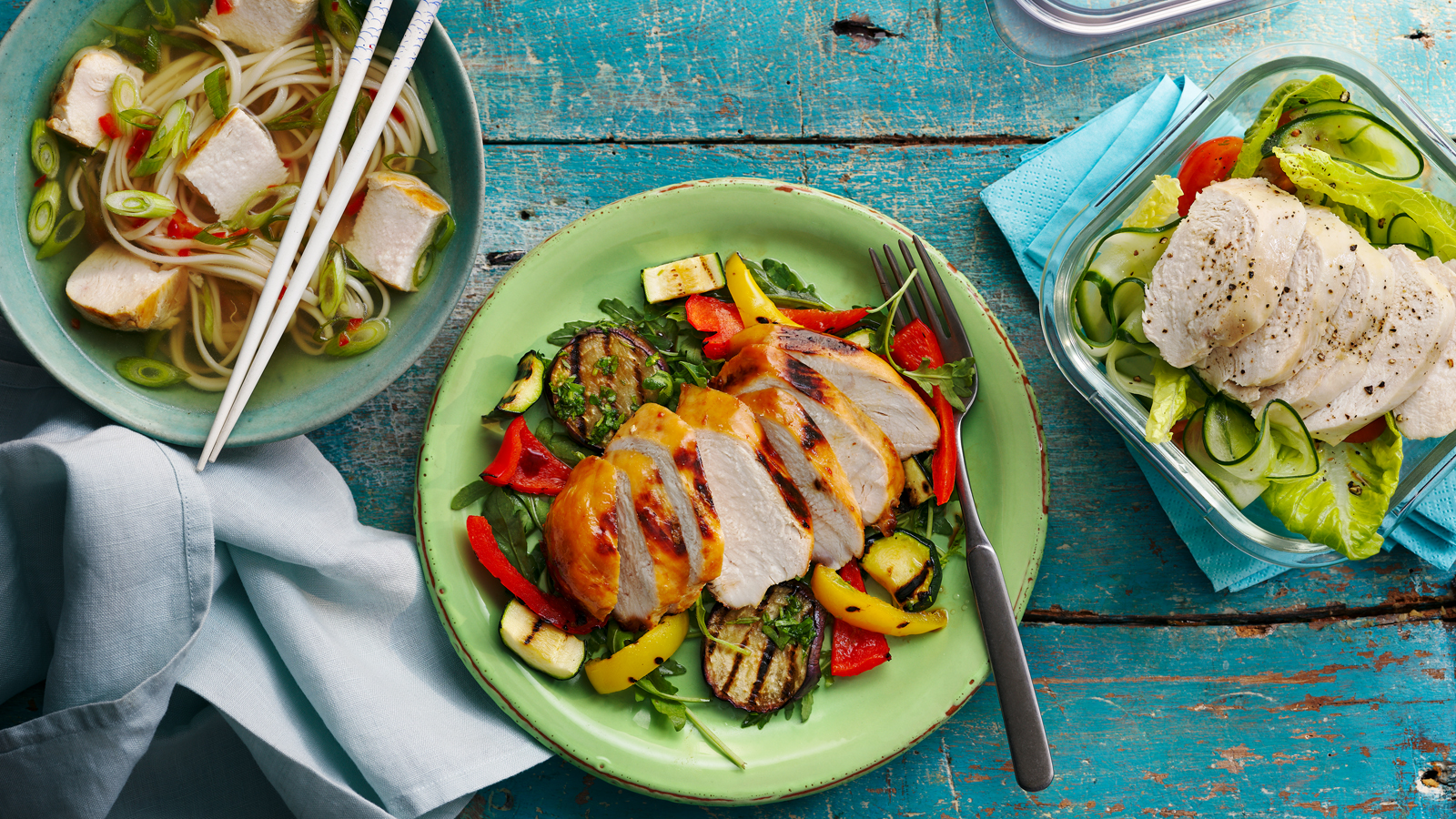
 145 views
145 viewsHow to cook chicken breast
bbc.co.uk
4.0
(5)
30 minutes
Your folders
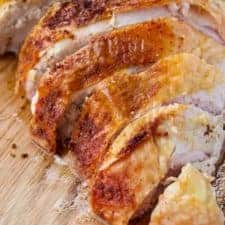
 495 views
495 viewsHow To Cook (And Carve!) A Turkey B...
mantitlement.com
2 hours, 30 minutes
Your folders

 87 views
87 viewsHow to Oven Roast Duck Breast
duckchar.com
20 minutes
Your folders
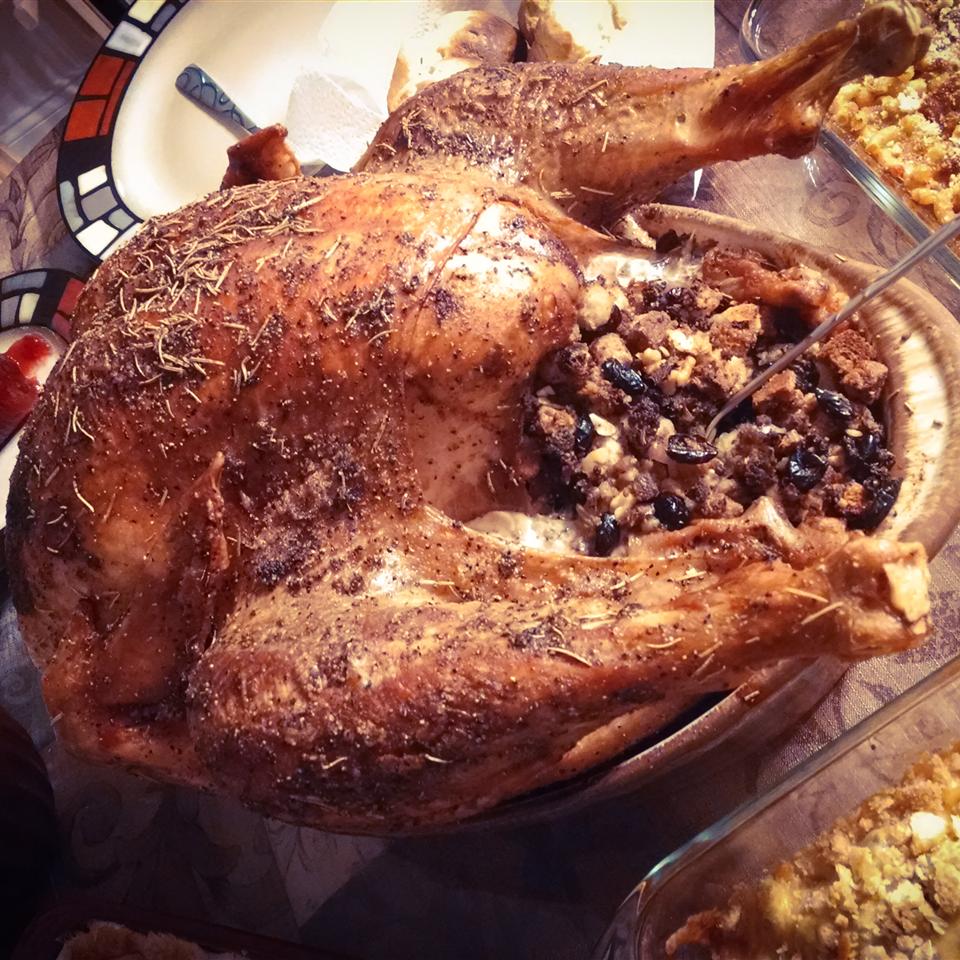
 323 views
323 viewsHow to Cook a Turkey
allrecipes.com
4.8
(156)
3 hours
Your folders
 98 views
98 viewsHow to Cook a Turkey
tastesbetterfromscratch.com
Your folders
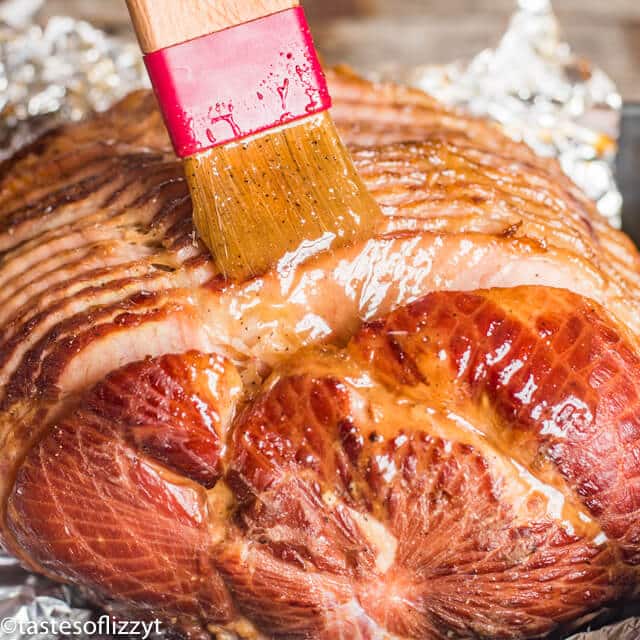
 560 views
560 viewsHow to Cook a Ham
tastesoflizzyt.com
4.9
(11)
180 minutes
Your folders
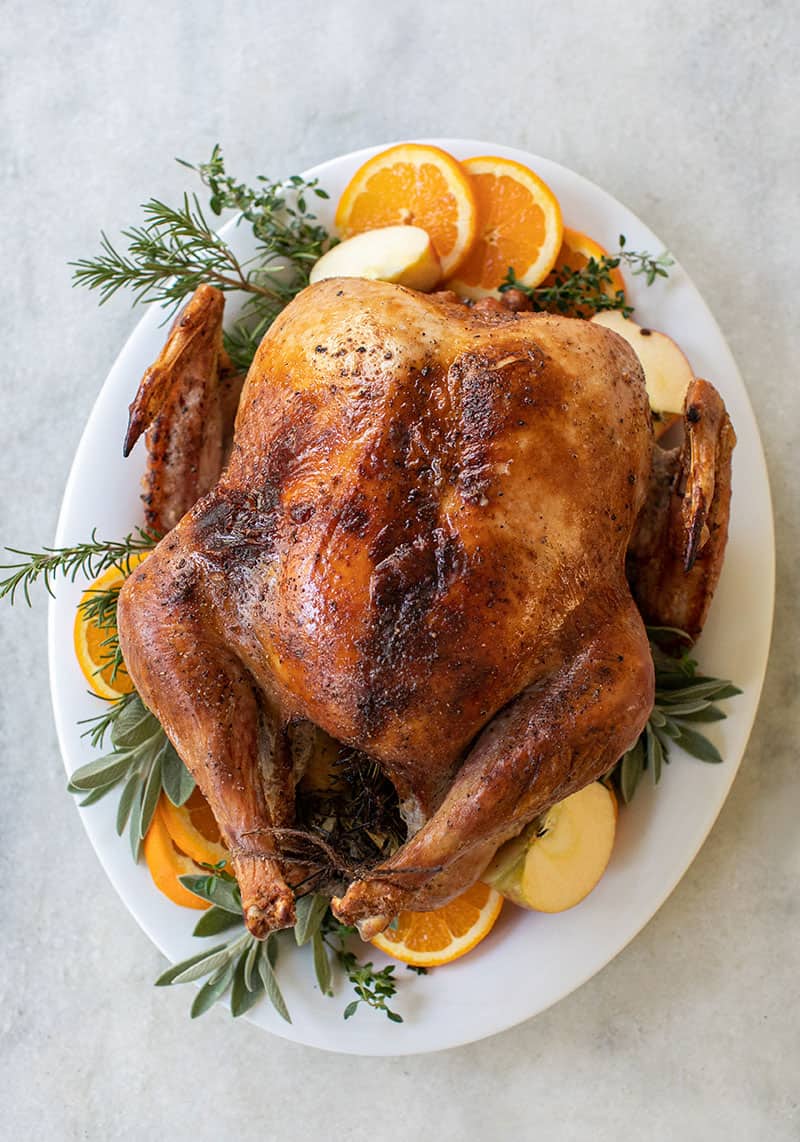
 479 views
479 viewsHow to Cook a Turkey
sugarandcharm.com
5.0
(10)
150 minutes
Your folders
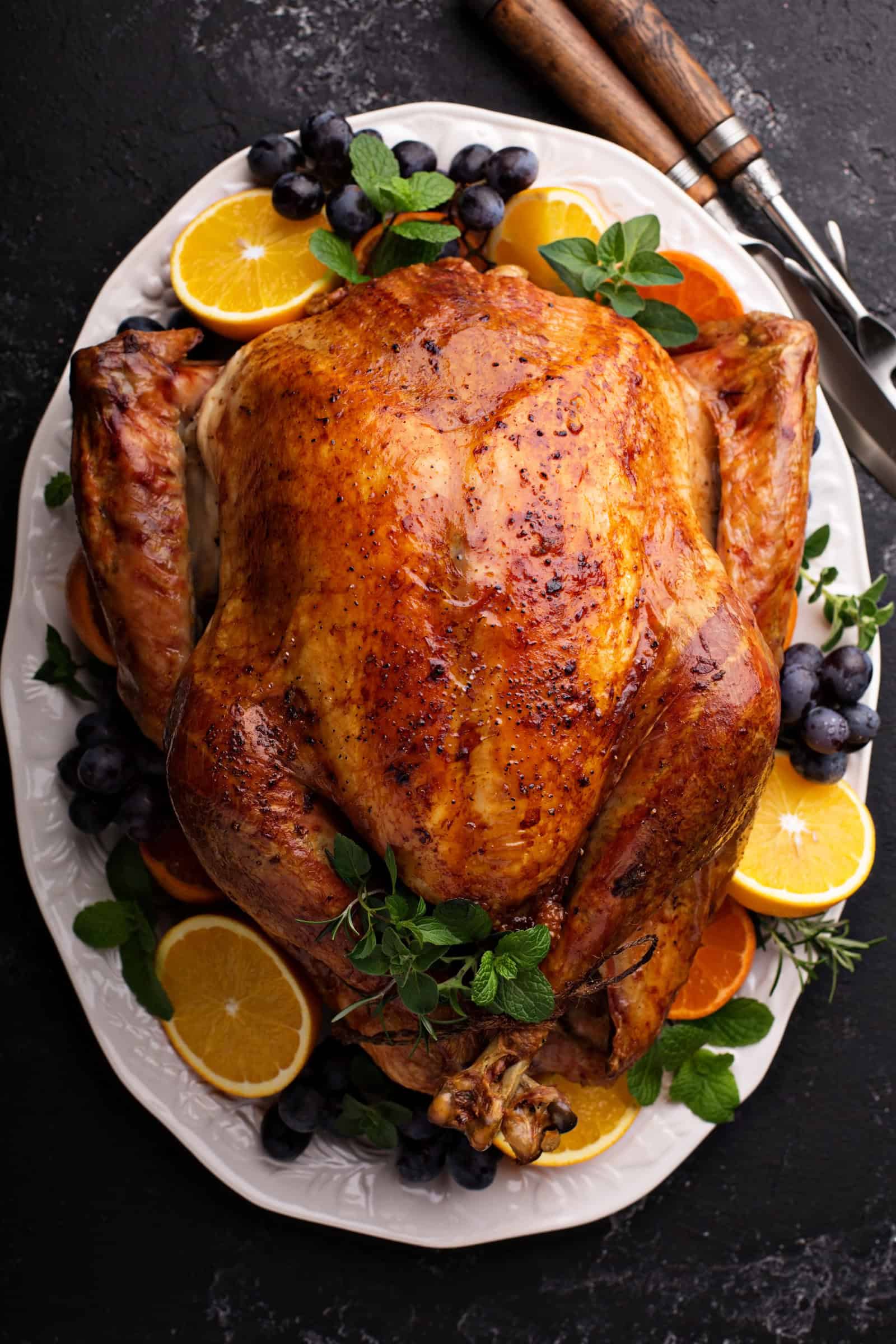
 397 views
397 viewsHow To Cook A Turkey
sixsistersstuff.com
240 minutes
Your folders
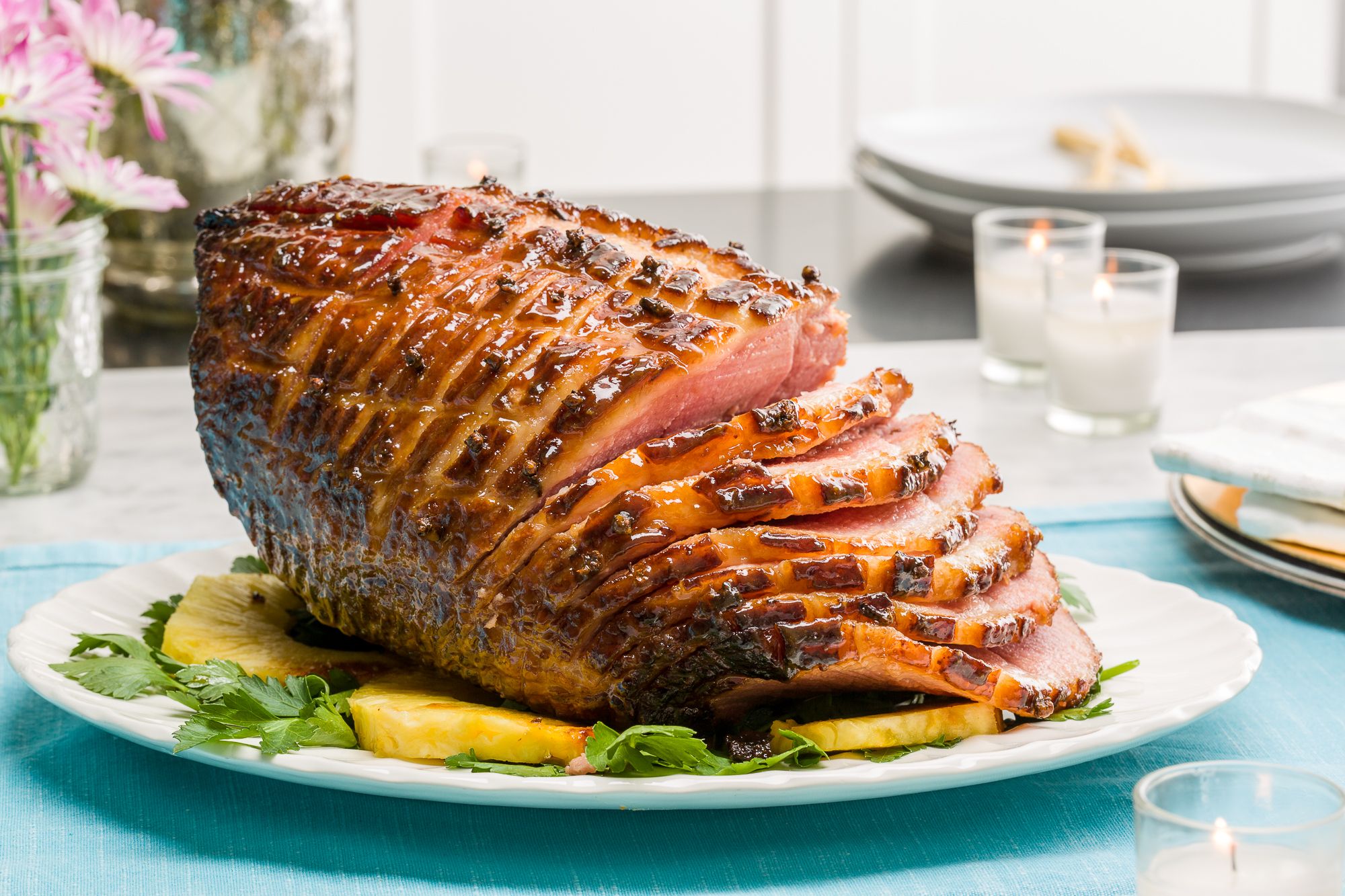
 533 views
533 viewsHow To Cook A Ham
delish.com
4.3
(4)
Your folders
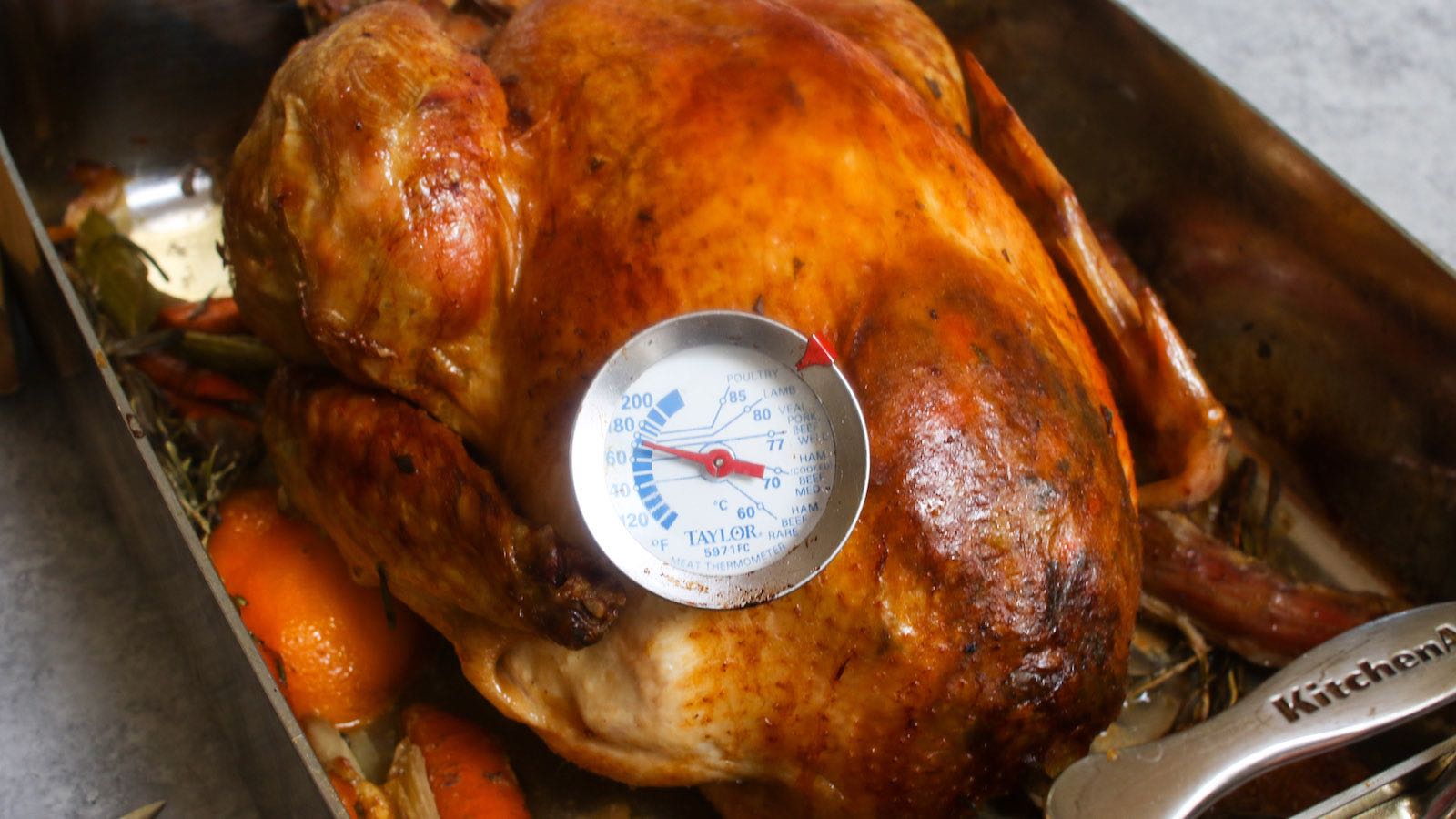
 373 views
373 viewsHow to Cook A Turkey
tipbuzz.com
5.0
(5)
180 minutes
Your folders
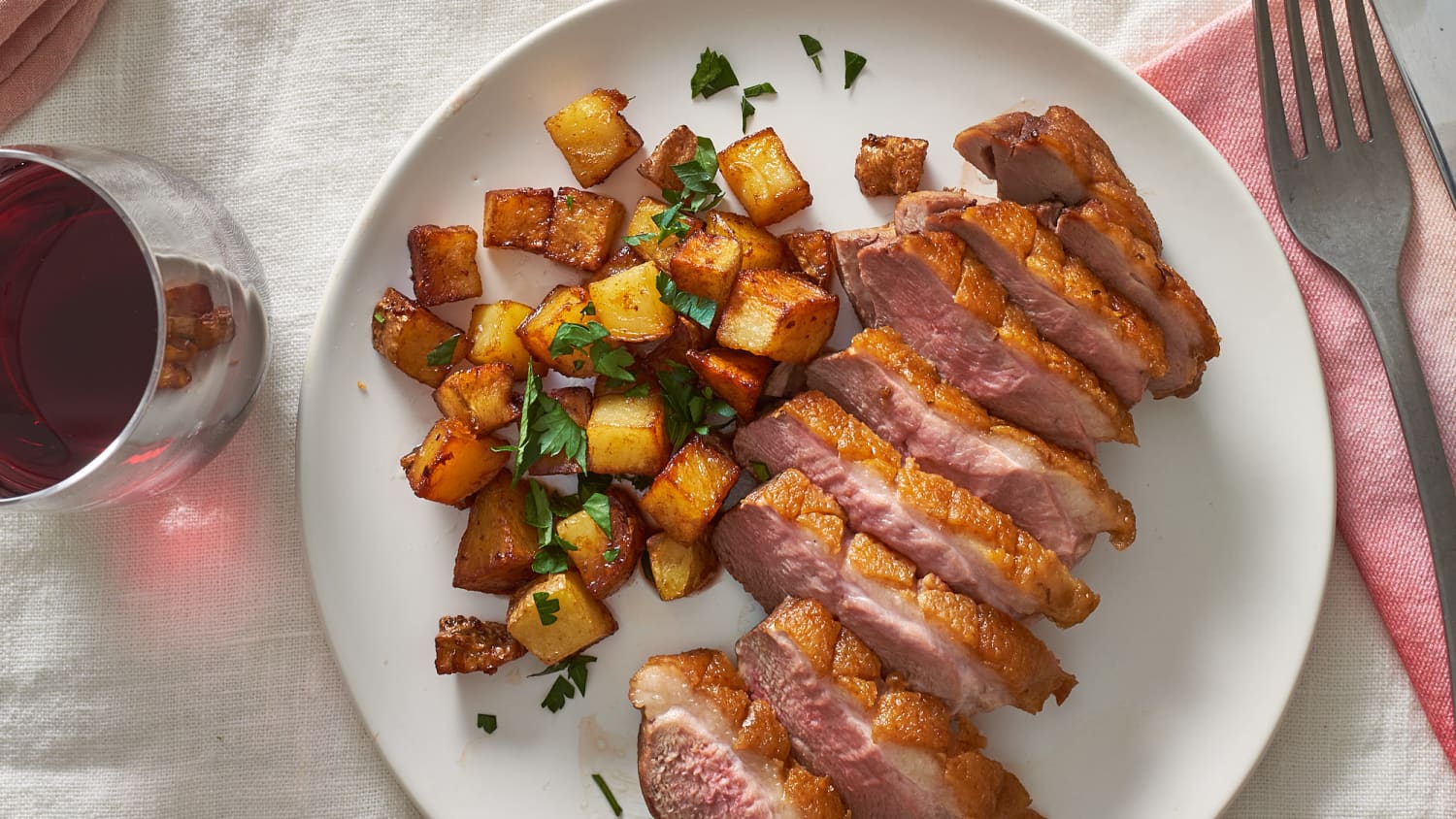
 308 views
308 viewsHow To Cook Duck Breast on the Stov...
thekitchn.com
3.7
(3)